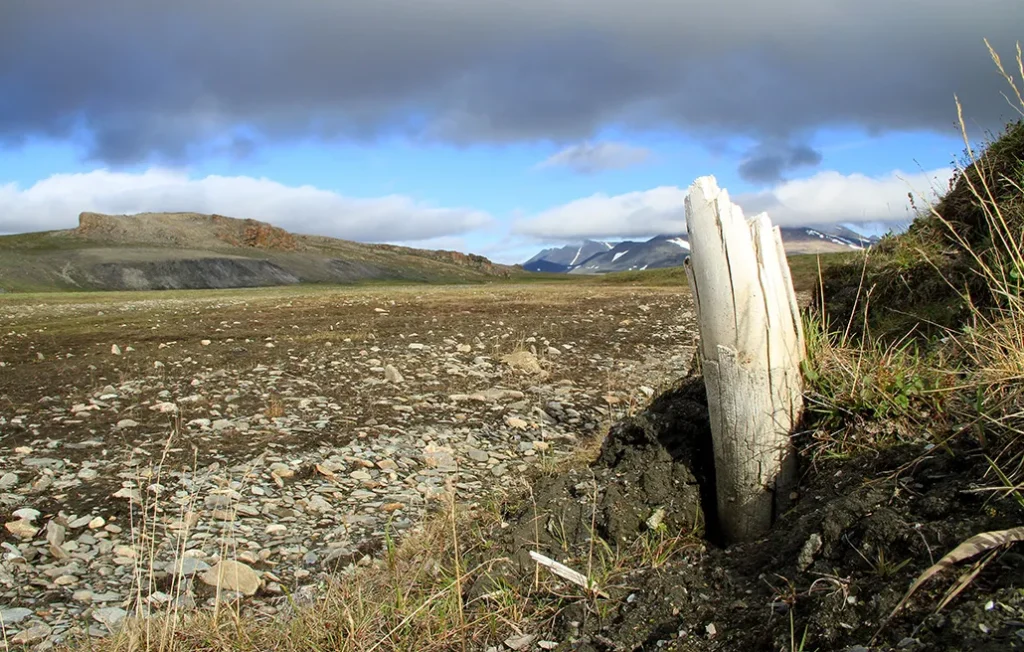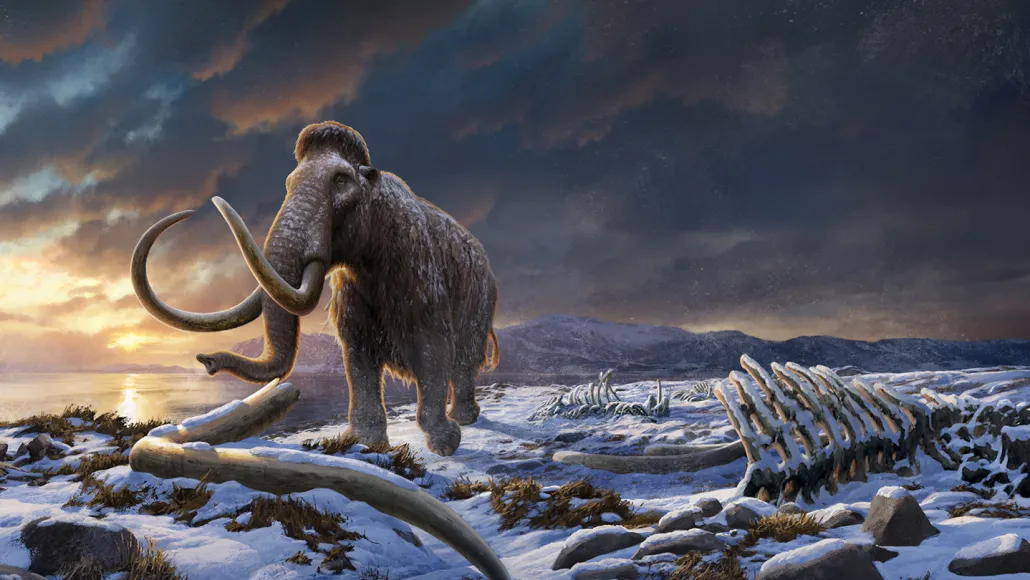Four thousand years ago, on an island off the coast of what is now Siberia, the last woolly mammoth took its final breath.
Isolated from other mammoths on that island, fatal levels of inbreeding and catastrophic population drops were long suspected to have led to their extinction. However, a new study suggests a different story. While the woolly mammoths on Wrangel Island were indeed inbred, the population gradually shed harmful genetic mutations over time. This implies that another random event — such as disease or environmental changes — ultimately sealed their fate, researchers reported on June 27 in Cell.
“This paper does a remarkable job,” says Joshua Miller, a paleontologist at the University of Cincinnati not involved in the study. Miller notes that the research not only provides insight into the demise of the Wrangel Island mammoths but also highlights the importance of monitoring genetics in modern conservation efforts for endangered animals.
Up until around 10,000 years ago, woolly mammoths roamed mainland Siberia. However, rising sea levels stranded populations on separate islands, limiting genetic mixing among them.
“Genetic variation is the general toolbox that animals have to adapt to changes in the environment,” explains study coauthor Love Dalén, an evolutionary geneticist at the Centre for Palaeogenetics in Stockholm. Previous theories suggested that population isolation increased inbreeding, reduced genetic variation, and made mammoths more vulnerable to harmful genetic mutations, diseases, and eventual extinction.
Dalén and his colleagues have long challenged this theory. Over the years, they have collected woolly mammoth bone shards, tusks, and teeth in Siberia, extracting genomes for analysis. In their new study, the team examined 21 genomes, including eight previously published ones. These genomes span the last 50,000 years of woolly mammoths’ existence, covering their time of isolation on Wrangel Island.
Using computer modeling, the team compared woolly mammoth genomes with those of elephants, their closest modern relatives, and humans. They aimed to predict the impact of harmful genetic mutations and whether these were purged over time.
The analysis showed that the mammoth population on Wrangel Island began with as few as eight individuals but eventually stabilized at around 200 to 300. Harmful genetic mutations became less frequent over time, likely because individuals carrying these mutations were less likely to reproduce. Minor genetic mutations alone would not have driven the mammoths to extinction, Dalén asserts.
“It is really good evidence against the meltdown model, but it doesn’t completely exclude that model,” says Vincent Lynch, an evolutionary biologist at the University at Buffalo in New York. Although island isolation and reduced genetic variation might not have been the final cause of extinction, even minor mutations could have made the mammoths more susceptible to environmental changes such as disease, climate shifts, and human arrival.

Due to challenges in obtaining high-quality DNA, the team could not analyze the genetic condition of the Wrangel Island population during their final 300 years, roughly five generations. However, with rapidly improving sequencing technologies, they hope to complete this analysis in the future.
As scientists continue to study the woolly mammoth, the exact cause of their extinction remains a mystery. “Maybe they were just unlucky,” Dalén suggests. If some disaster had not struck Wrangel Island, perhaps “we would have had mammoths walking around still today.”
